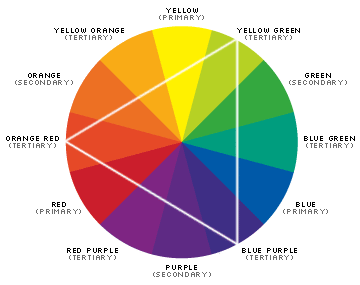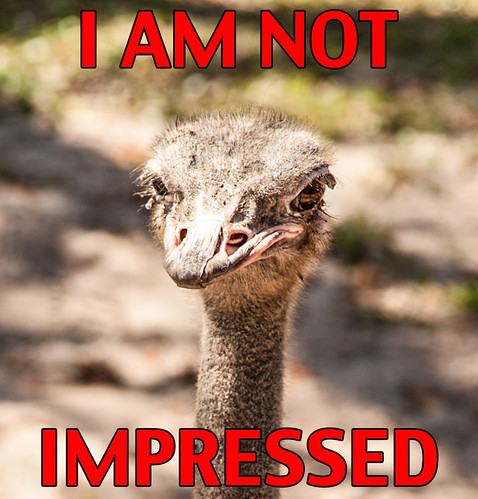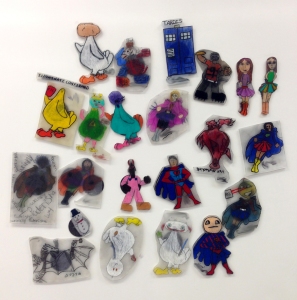The first of April was my last day in my field experience. I wanted to build on my last Social Studies lesson, but I also wanted to do a fun activity because it was our last day. So, using one of the management strategies that was shared in my ECS300 lab, I had the students create their own infomercials. It was incredibly relevant, so bonus marks for that!
Last week we had covered how advertisers sell their products to consumers. We talked about association, using famous people, and appealing to appearance and gender. To start yesterday’s lesson off, I showed them a few YouTube videos. I showed them the “Slap Chop” infomercial, and then the “Fashionista Daddy – Doritos” commercial. They got a good laugh out of the videos, then I explained the assignment.
I told them that I had a bag with 6 random objects, (I asked a student to grab it and bring it to the front for me) and I told them to get into their own groups (which I had problems with but I’ll mention that later). I told them that they would pick one item for their groups, and would have to sell the object to me, infomercial-style, as something other than its intended purpose. For example, say the object was a plunger. They could not sell it as a plunger, they would have to sell it as a hat, or something entirely different. To explain the assignment in a visual sense, I showed them a video of “Whose line is it Anyway,” where they had to use random objects to create an infomercial on how to cure snoring. It was similar to the assignment, and just a fun video to watch.
When they split off into groups, there were 4 students in the corner who didn’t gt up out of their desks to find a group, they just sat there, looking at me with huge bambi eyes. I asked them, “Do you guys want me to pick groups?” One boy really wanted me to pick the groups instead of letting them choose their own groups. I suspect it’s because he was afraid of not being accepted into a group, so to make him feel less left out, I went around and shuffled the groups a little bit to “Make them similar sizes,” and then put the four students in the corner into one group. It worked out, because they seemed really happy to be put into a group together. The reason I let them choose their own groups in the first place though, is because I was worried that if I chose the groups for them, they would be put with a peer that they did not feel comfortable with. They were going to be performing in front of the class which is intimidating in itself. If they were with a peer they were not comfortable with, then it would be all the more intimidating. I let them pick their own groups so that they would be more comfortable. For the most part it worked out, but I had more problems with chatting because of it.
The activity went really well, though. They all had a lot of fun. One group sold a long weasel-shaped dog toy as a fashion scarf, another sold a patch of artificial grass as “stick-on chest hair,” and another group sold a lunch tent as a “partial umbrella, for when you want just a little bit of rain.” A group of girls sold Easter garland as a toilet seat warmer, and the last group sold “hand rakes” as shoes.
For those of you who don’t know what hand rakes are, this is what those monstrosities look like:

Photo Credit: A.Perry
The class had a blast, and my lesson went well. They all managed to incorporate the advertisement strategies we went over last week and had a lot of fun while doing it. That’s all for now!
Thanks for reading,
Frances









